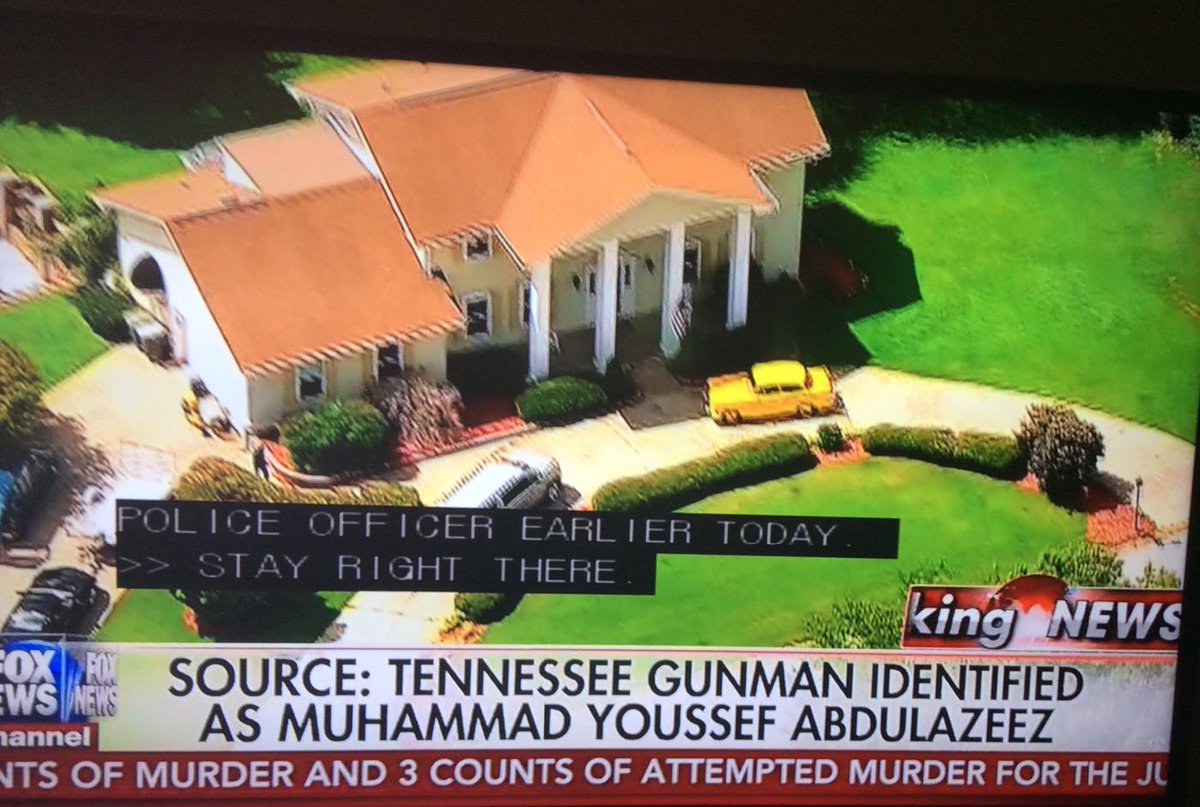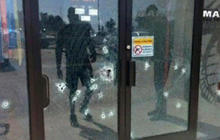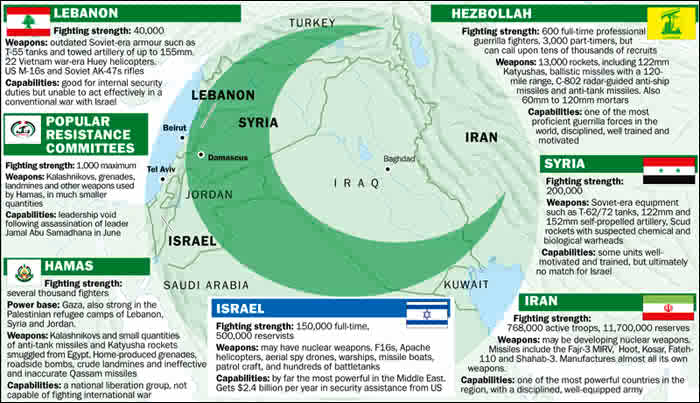There are 4 Americans in prison in Iran for which there have been countless calls and efforts for their release. Major Garrett of CBS asked Barack Obama during a press conference if he was content with leaving those Americans behind to which Obama responded by shaming Garrett for even asking the question.
It should also be noted that the Palestinian Authority demanded that thousands of terrorists in prison in Israel be released for a scheduled round of peace talks between Israel and the PA. Barack Obama forced Israel to comply for face financial extortion. Israel complied where later many of those terrorists were re-arrested in Qatar. The betrayal continues. The secrets were effective.
So the secret deals began and continued.
‘US freed top Iranian scientist as part of secret talks ahead of Geneva deal’
Mojtaba Atarodi, arrested in California for attempting to acquire equipment for Iran’s military-nuclear programs, was released in April as part of back channel talks, Times of Israel told. The contacts, mediated in Oman for years by close colleague of the Sultan, have seen a series of US-Iran prisoner releases, and there may be more to come
The secret back channel of negotiations between Iran and the United States, which led to this month’s interim deal in Geneva on Iran’s rogue nuclear program, has also seen a series of prisoner releases by both sides, which have played a central role in bridging the distance between the two nations, the Times of Israel has been told.
In the most dramatic of those releases, the US in April released a top Iranian scientist, Mojtaba Atarodi, who had been arrested in 2011 for attempting to acquire equipment that could be used for Iran’s military-nuclear programs.
American and Iranian officials have been meeting secretly in Oman on and off for years, according to a respected Israeli intelligence analyst, Ronen Solomon. And in the past three years as a consequence of those talks, Iran released three American prisoners, all via Oman, and the US responded in kind. Then, most critically, in April, when the back channel was reactivated in advance of the Geneva P5+1 meetings, the US released a fourth Iranian prisoner, high-ranking Iranian scientist Atarodi, who was arrested in California on charges that remain sealed but relate to his attempt to acquire what are known as dual-use technologies, or equipment that could be used for Iran’s military-nuclear programs. Iran has not reciprocated for that latest release.
Solomon, an independent intelligence analyst (who in 2009 revealed the crucial role played by German Federal Intelligence Service officer Gerhard Conrad in the negotiations that led to the 2011 Gilad Shalit Israel-Hamas prisoner deal), has been following the US-Iran meetings in Oman for years. Detailing what he termed the “unwritten prisoner exchange deals” agreed over the years in Oman by the US and Iran, Solomon told The Times of Israel that “It’s clear what the Iranians got” with the release of top scientist Atarodi in April. “What’s unclear is what the US got.”
The history of these deals, though, he said, would suggest that in the coming months Iran will release at least one of three US citizens who are currently believed to be in Iranian custody. One of these three is former FBI agent Robert Levinson.

Solomon told The Times of Israel that the interlocutor in the Oman talks is a man named Salem Ben Nasser al Ismaily, who is the executive president of the Omani Center for Investment Promotion and Export Development and a close confidant of the Omani leader Sultan Qaboos bin Said.
Educated in the US and the UK and fluent in English, Ismaily has authored two books. “Messengers of Monotheism: A Common Heritage of Christians, Jews and Muslims” and “A Cup of Coffee: A Westerner’s Guide to Business in the Gulf States.”
The latter tells the fictional tale of John Wilkinson, a successful American businessman who fails in all of his business endeavors in the Gulf until he meets Sultan, who explains to him, according to the book’s promotional literature, how to forgo his hard-charging Western style and “surrender to very different values rooted in ancient tribal customs and traditions.” Those mores have been central to the murky prisoner swaps surrounding the nuclear negotiations, Solomon said.

Solomon said he identified Ismaily’s role back in September 2010, when Sarah Shourd, an American who apparently inadvertently crossed into Iran while hiking near the Iraqi border, was released, for what were called humanitarian reasons. She was delivered into Ismaily’s hands in Oman and from there was flown to the US — the first release in the series of deals brokered in Oman. One year later, in September 2011, her fiancé and fellow hiker, Shane Bauer, was set free along with their friend, Josh Fattal. The two men were also received at Muscat’s Seeb military airport by Ismaily before being flown back to the US.

The US began reciprocating in August 2012, Solomon said. It freed Shahrzad Mir Gholikhan, an Iranian convicted on three counts of weapons trafficking. Next Nosratollah Tajik, a former Iranian ambassador to Jordan — who, like Gholikhan, had been initially apprehended abroad trying to buy night-vision goggles from US agents — was freed after the US opted not to follow up an extradition request it had submitted to the British. Then, in January 2013, Amir Hossein Seirafi was released, also via Oman, having been arrested in Frankfurt and convicted in the US of trying to buy specialized vacuum pumps that could be used in the Iranian nuclear program.
Finally, in April, came the release of Mojtaba Atarodi.
The facts of his case are still shrouded. On December 7, 2011, Atarodi, a faculty member at the prestigious Sharif University of Technology (SUT) in Tehran — a US-educated electrical engineer with a heart condition, a green card and a brother living in the US — arrived at LAX and was arrested by US federal officials.
He appeared twice in US federal court in San Francisco and was incarcerated at a federal facility in Dublin, California and then kept under house arrest. The US government cloaked the contents of his indictment and released no statement upon his release. His lawyer, Matthew David Kohn, told The Times of Israel he would like to discuss the case further but that first he had to “make some inquiries” to see what he was allowed to reveal.
In January, shortly after Atarodi’s arrest, his colleagues wrote a letter to the journal Nature, protesting his detention. “We believe holding a distinguished 55-year-old professor in custody is a historical mistake and not commensurate with the image that America strives to extend throughout the world as a bastion of free scientific exchange among schools and academic institutions,” they said.
Solomon, who compiled a profile of Atarodi, believes that the scientist, prior to his arrest, played an important role in Iran’s missile and nuclear programs. Atarodi, he said, has co-authored more than 30 technical articles, mostly related to micro-electric engineering and, in 2011, won the Khwarizmi award for the design of a microchip receiver for digital photos. “That same technology,” he said, “can be used for missile guidance and the analysis of nuclear tests.”
Solomon further noted that the then-Iranian defense minister and former commander of the revolutionary guards, Ahmad Vahidi, attended the prize ceremony and that Professor Massoud Ali-Mahmoudi, an Iranian physics professor who was assassinated in 2010, was an earlier recipient of the prize.
“There is no doubt in my mind that Atarodi came to the US at the behest of the logistics wing of the IRGC [the Iranian Revolutionary Guard Corps],” Solomon said.
On April 26 Atarodi was flown from the US to Seeb military airbase in Oman, where he met with Ismaily, and onward to Iran. “The release of someone who holds that sort of information and has advanced strategic projects in Iran is a prize,” Solomon said. The US, said Solomon, must have already received something in return or will do so in the future.
Thus far, US-Iran prisoner swaps have been conducted in a manner utterly distinct from the old Cold War rituals, in which, as was the case with Prisoner of Zion Natan Sharansky, spies or prisoners from either side of the Iron Curtain walked across Berlin’s old Glienicke Bridge toward their respective home countries. Instead, with Iran claiming it knows nothing about the whereabouts of former FBI agent Levinson, for instance, and the US eager to show that it will not barter with hostage-takers, the deals have taken the form of a delayed quid pro quo.
There are currently three US nationals — Levinson, Saeed Abedini, and Amir Hekmati — still believed to be held in Iran.
US President Barak Obama raised the issue of the imprisoned Americans in his historic September phone call to Iranian President Hassan Rouhani. Obama’s Deputy National Security Advisor, Tony Blinken, told CNN that aside from the nuclear program it was the only other issue that was brought up in the call.
The interim deal in Geneva did not include any reference to prisoner dealings. Richard Haas, president of the Council on Foreign Relations, told CNN, “you’ve got to decide how much you’re going to try to accomplish, and just tackling all the dimensions of the nuclear agreement is ambition enough.” A spokeswoman for the National Security Council added that the “talks focused exclusively on nuclear issues.”
The omission prompted the chief counsel of the American Center for Law and Justice, Jay Sekulow, who is representing Pastor Saeed Abedini’s wife Naghmeh, to charge Obama and US Secretary of State John Kerry with turning their backs on an American citizen. On the center’s website, he called the decision “outrageous and a betrayal” and said it sends the message that “Americans are expendable.”
Abedini, who was born in Iran and later converted to Christianity, was arrested earlier this year in Iran for what would seem was strictly Christian charity work and sentenced to eight years in prison. He was recently transferred from Evin Prison, a notorious jail for political prisoners in Tehran, Sukelow wrote in a letter to Kerry, “to the even more notorious and brutal Rajai Shahr Prison in Karaj.”
Amir Hekmati, a 31-year-old former Marine from Flint, Michigan, who allegedly obtained permission to visit his grandmother in Iran in 2011, was charged with espionage and sentenced to death in 2012. In September, Hekmati managed to smuggle a letter out of prison. Published in the Guardian, it contended that his filmed admission of guilt had been coerced and that his arrest “is part of a propaganda and hostage-taking effort by Iranian intelligence to secure the release of Iranians abroad being held on security-related charges.”

Levinson, a 65-year-old veteran of the FBI, was last seen on March 9, 2007, on Kish Island, Iran. According to Solomon, Levinson was stationed in Dubai at the time as part of a US task force comprised of former officers operating in the United Arab Emirates, training officials there to combat weapons trafficking, and was tempted to come to Kish for a meeting.
The last person he is known to have had contact with, and with whom he shared a room the night before his abduction, according to a Reuters article from 2007, is Dawud Salahuddin, an American convert to Islam, who is wanted in the US for murder. According to a New Yorker profile of the Long Island-born Salahuddin, he showed up at the home of Ali Akbar Tabatabai’s Bethseda, Maryland door in July 1980, dressed as a mailman, and shot Tabatabai, a Shah supporter, three times in the abdomen, killing him. From there he fled to Canada and on to Switzerland and Iran.
Salahuddin has indicated that Levinson had come to Kish to meet with him.
In September, Rouhani denied any knowledge of Levinson’s whereabouts. In an interview with CNN’s Christiane Amanpour, he said that, “We don’t know where he is, who he is. He is an American who has disappeared. We have no news of him.”
This is highly doubtful. In 2010 and 2011 Levinson’s family received a video and photographs respectively of him in captivity. In January of this year the AP reported that “despite years of denials,” many US security officials now believe that “Iran’s intelligence service was almost certainly behind the 54-second video and five photographs of Levinson that were emailed anonymously to his family.” The photos and the videos traced back to different addresses in Afghanistan and Pakistan, suggesting, perhaps, that Levinson, the longest-held hostage in US history, was imprisoned in Balochistan, a desert region spanning the borders of Iran, Pakistan and Afghanistan.
On Tuesday, Levinson’s son Dan wrote a column in the Washington Post calling Rouhani and Foreign Minister Javad Zarif “well-respected men committed to the goodwill of all human beings, regardless of their nationality.”
Several hours later, White House Spokesman Jay Carney published a statement saying that the US government welcomes the assistance “of our international partners” in attempting to bring Levinson home and, he added, “we respectfully ask the Government of the Islamic Republic of Iran to assist us in securing Mr. Levinson’s health, welfare, and safe return.”
As was the case with the Geneva negotiations, and as is likely happening with the upcoming round of talks regarding Syria, there is good reason to believe, and in this case to hope, that the movements played out under the spotlights of the international stage have been choreographed well in advance, perhaps in the sea-side city of Muscat, under the careful tutelage of Salem Ben Nasser al Ismaily.











